下記研究会を開催します。
外部の研究者や学生の方もご参加ください。
第140回 機能創成セミナー
【日時】2018年8月27日(月)14:00-15:00
【場所】基礎工学D棟4階 セミナー室(D404-08)
【講演者】Kuo-Long Pan (Professor, Mechanical Engineering, National Taiwan University)
【題目】Transport of liquid-gas two-phase flows in microchannels and applications for fuel cells
【概要】
Two-phase flows that involve liquid and gas fluids have played a critical role in a variety of microfluidic devices, which is being developed extensively in various scientific and technological disciplines including biological and medical processes, chemical reactors, and micro electrical-mechanical systems designed for lab-on-a-chip purposes. The studies have revealed intriguing applications of delivery agents using microbubbles such as therapeutic executions including targeted drug delivery and focusing ultrasound surgery, spraying drugs for pulmonary use, and microreactors. In addition, manipulation of the liquids in varied compositions and phases throughout channels at micro and nano scales is becoming feasible and profound in quite a few configurations confined by limited space for such localized processes as mixing, screening and sorting. To effectively and efficiently manipulate the flows, systematic investigation is needed to convey the generic physics that can be readily applied to various situations of interest. Due to complications of the geometric conditions at multiple length scales and interplays of different phases of fluids and solid walls, however, understanding of the governing mechanisms has been frequently hindered to provide a general base that can be facilely adopted in different systems.
To overcome this, we have studied various motions of liquids and gases in microchannels using experimental and computational approaches for two-phase flows. Specifically, to study bubble transport in a microchannel with well controlled flow conditions, we have devised a mechanism to generate bubbles of desired size and velocity as moving in a continuous phase with a fixed ratio of gas to liquid mass fluxes. The device was used to study the stability of bubbles in aqueous solutions, specifically by adding a small amount of surfactant, which was found to prevent coalescence of bubbles and substantially enhance the stability of the two-phase fluid system. Another problem is concerned by the removal of liquid as a continuous phase. Water flooding in a polymer electrolyte membrane fuel cell (PEMFC) is a critical problem for substantially lowering the fuel-cell efficiency. To find an efficient way for removing water readily at desired flow conditions, we have devised a four-layered multi-U-shaped microchannel with drainage branches. In the flow patterns of wetting bubbles, water was effectively drained out while air remained in the channel without leaking through the branches. The gas/liquid transport can be further facilitated by adding a small amount of surfactant. The mechanisms were then tested in a PEMFC. Without need of raising temperature or performing sophisticated operation as conducted in many studies, the efficiency was significantly increased by 17% at the flow rate of 200 sccm and higher at larger flow rates; this can be easily scaled up by using stacks of such cells. The methodology can be extended to other microfluidic devices and bubble removal techniques as needed in direct methanol fuel cells.
English
